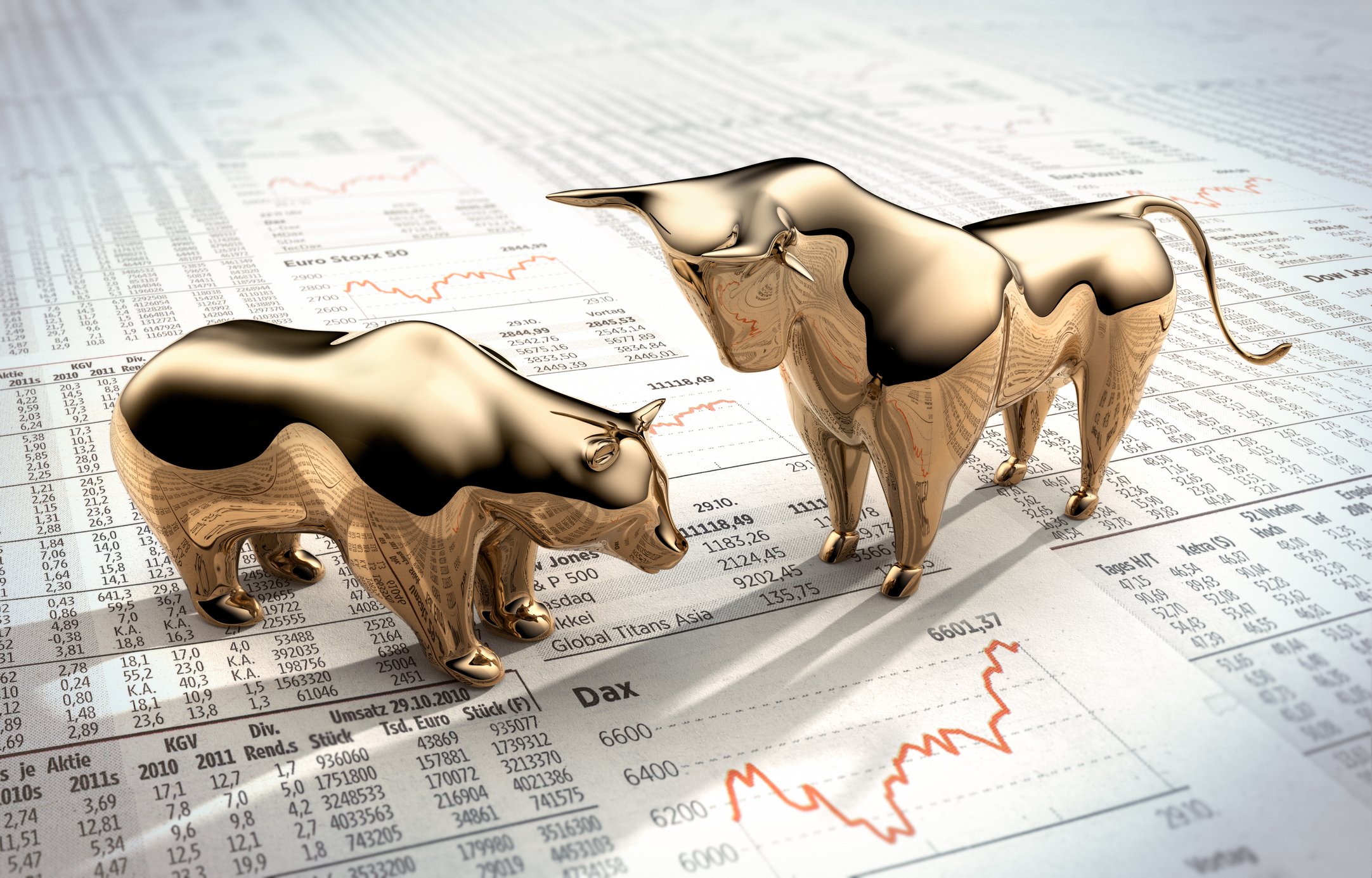Approximately 5,500 companies were listed on the New York Stock Exchange and Nasdaq Stock Exchange as of September 2025, according to the Securities Industry and Financial Markets Association (SIFMA).
Many of those companies are grouped into indexes that track various aspects of the overall market. The most popular indexes are the S&P 500 (^GSPC 1.07%), the Dow Jones Industrial Average (^DJI 0.51%), and the Nasdaq Composite (^IXIC 1.69%). Read on to see how they performed over the last 10 years.

Image source: Getty Images.
S&P 500: 216% return over the last decade (12.1% annually)
The S&P 500 measures the performance of 500 large U.S. companies that cover about 80% of domestic equities by market value. The index was created in 1957, though its precursor was introduced in the 1920s. Inclusion is limited to companies that meet specific eligibility requirements, including generally accepted accounting principles (GAAP) profitability and a minimum market value of $22.7 billion.
The S&P 500 is generally considered the best gauge for the overall U.S. stock market due to its scope and diversity. The five largest holdings in the index are listed by weight:
- Nvidia: 7.9%
- Apple: 7.1%
- Microsoft: 6.3%
- Alphabet: 5.4%
- Amazon: 3.8%
The S&P 500 advanced 216% over the last decade, compounding at 12.1% annually. Those figures do not include dividends.
Investors can get exposure to the S&P 500 by purchasing shares of an index fund like the Vanguard S&P 500 ETF (VOO 1.08%).
Dow Jones Industrial Average: 159% return over the last decade (10% annually)
The Dow Jones Industrial Average tracks the performance of 30 large U.S. companies. The index was created in 1928, though its precursor was introduced in the 1890s. Inclusion is generally limited to stocks in the S&P 500, and the selection committee typically chooses companies that have an excellent reputation, have demonstrated sustained growth, and are of widespread interest to investors
The Dow Jones is generally considered a blue chip index due to its focus on reputation and sustained growth. Unlike the S&P 500, which is weighted by market cap, the Dow Jones is weighted by share price. The five largest holdings are listed:
- Goldman Sachs: 10.4%
- Caterpillar: 7.3%
- Microsoft: 6.4%
- American Express: 4.6%
- Amgen: 4.5%
The Dow Jones Industrial Average advanced 159% over the last decade, compounding at 10% annually. Those figures do not include dividends.
Investors can get exposure to the index by purchasing shares of the SPDR Dow Jones Industrial Average ETF (DIA 0.51%).
Nasdaq Composite: 336% return over the past 10 years (15.8% annually)
The Nasdaq Composite measures the performance of more than 3,300 companies. The vast majority are U.S. companies, though it does include some international ones. The Nasdaq was created in 1971. The index is weighted by market value, and inclusion is limited to companies listed exclusively on the Nasdaq Stock Exchange.
The Nasdaq Composite is heavily weighted toward the information technology sector, so the index is generally regarded as a barometer for growth stocks. The five largest holdings are listed by weight:
- Nvidia: 12.2%
- Microsoft: 10.3%
- Apple: 10.2%
- Alphabet: 7.4%
- Amazon: 6.2%
The Nasdaq Composite advanced 336% over the last decade, compounding at 15.8% annually. That does not include reinvested dividends. Investors can get exposure to the technology-focused index with the Fidelity Nasdaq Composite ETF (ONEQ 1.62%).
The next decade may be more challenging for the U.S. stock market
Investors have probably heard some version of this platitude: Past performance is never a guarantee of future results. Each situation is unique, and there are exceptions to every rule.
The last decade was particularly good for the U.S. stock market. However, the next decade could be more challenging. Tariffs imposed by the Trump administration will likely drag on economic growth, and valuations are currently quite high by historical standards.
Indeed, JPMorgan Chase analysts estimate U.S. large-cap stocks will return 6.7% annually over the next 10 to 15 years. And Goldman Sachs analysts estimate the S&P 500 will return 6.5% annually over the next decade, with downside and upside scenarios from 3% annually to 10% annually.
Investors should adjust their expectations accordingly. However, owning a few high-quality stocks purchased at reasonable valuations could help investors outperform the major indexes in the years ahead.
Personally, I own a combination of individual stocks and an S&P 500 index fund. That strategy gives me a shot at beating the market, but also prevents me from falling too far behind the market if my individual stocks perform poorly.






